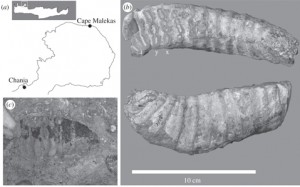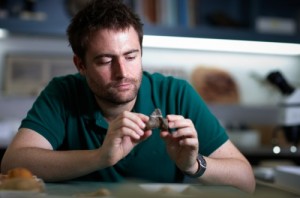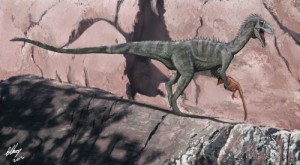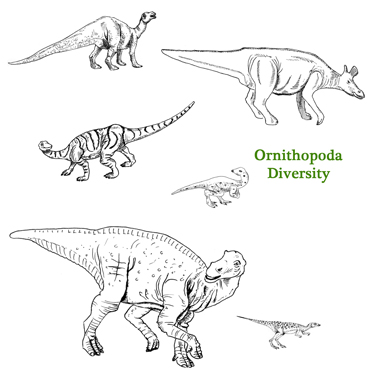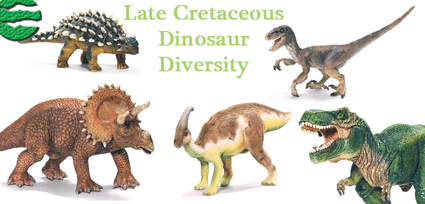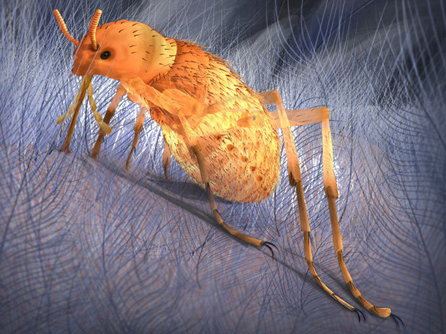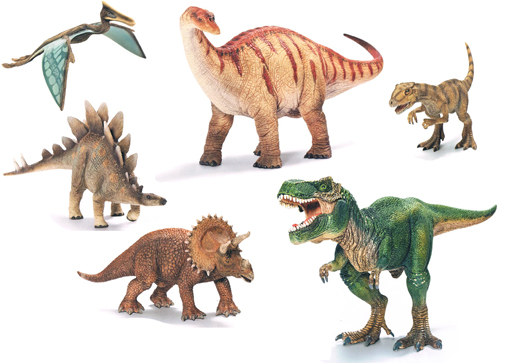The Smallest Mammoth of them All – Dwarfism Exhibited on Crete
Scientists Report on Evidence of the Smallest Mammoth Species Discovered to Date
When Woolly Mammoths are depicted in films, television documentaries and books they are usually shown as large, shaggy-coated beasts roaming a snow covered landscape. This may be the popular perception of the Mammoths but the subfamily to which Mammoths belong, the Elephantidae and even the Mammoth genus (Mammuthus) contains a very wide variety of creatures.
For instance, a team of scientists have just published a paper in the journal “Proceedings of the Royal Society Biology” detailing the fossil evidence that supports the theory that tiny elephants once lived on the Greek island of Crete. In fact, based on the study of a recently excavated front leg bone (humerus), it has been suggested that these fossils may represent the smallest type of Mammoth discovered to date. Standing around 1.1 metres tall at the shoulder, these miniature Mammoths inhabited Crete around 3.5 million years ago (Pliocene epoch – Placenzian faunal stage).
These animals would have grown to be about the size of a baby African elephant (Loxodonta africana), but would have weighed around three hundred kilogrammes, roughly the same as a Guernsey dairy cow.
Dwarf Mammoths
The species which has been named Mammuthus creticus (Crete’s Mammoth) has been described as being “probably quite cute” by a spokesperson for the research team, however, it is very likely that this animal had tusks and was quite capable of looking after itself should it have been threatened.
Evidence of Insular Dwarfism on Crete
Picture credit: Journal of Proceedings of the Royal Society
The picture above shows the location of the main fossil discoveries, on the coast on the western side of the island (a) at Cape Malekas. The picture also shows a tooth (the lectotype from which the species was named), (b), with a smaller photograph showing another fossilised tooth element preserved in the rock (in situ), (c).
Mammuthus creticus
Victoria Herridge, one of the authors of the paper, along with her Natural History Museum (London) colleague Adrian Lister; commented that:
“If you were to reconstruct it, I would say OK, make it look a bit like a baby elephant but probably chunkier…with sort of thicker limbs, stockier, as an adult it would have had curly tusks.”
She went onto add:
“The nearest image you’re going to get is a baby Asian elephant, but with tusks.”
Dwarfism in some species is not unknown, especially in habitats were resources such as food are scarce. Small islands have limited resources and many instances are known whereby larger, mainland animals on reaching an island chain or archipelago have evolved into miniaturised versions. In biology this is termed insular dwarfism and can be seen in animals as distinct as cormorants, seals and even dinosaurs (Hateg Island – Late Cretaceous).
A number of Mediterranean islands had a variety or elephants living on them during the Pliocene and the more recent Pleistocene epochs, some scientists believe the the legend of the giant, one-eyed man – the cyclops arose when the skulls of such creatures were found.
The Origins of the Cyclops Legend?
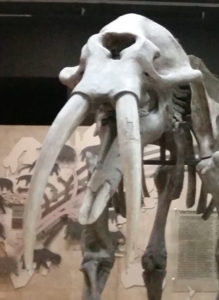
When viewed from the front the idea of a one-eyed man (cyclops) can be postulated. Picture credit: Everything Dinosaur.
Picture credit: Everything Dinosaur.
To read more about recent elephant fossil discoveries from Greece, including an article on giant elephant fossil remains: Greek Giant Elephant Fossils Discovered.
The researchers are not sure from which mainland Mammoth the island species is descended from. Two candidates have been suggested Mammuthus meridionalis known from the Early Pleistocene epoch or from the older (Late Pliocene) or Mammuthus rumanus, the two earliest European mammoths, Herridge said. Although the exact palaeo-climatic conditions on Crete are difficult to determine, it is likely that this elephant lacked a shaggy, long coat as the weather was much warmer than at higher latitudes.
Determining the Taxonomic Relationship
The lack of fossil evidence has made it difficult for scientists to determine the taxonomic relationship between the various types of known Mediterranean elephant. It had been suggested that a number of forms were descended from a non-Mammoth ancestor, a straight-tusked elephant, however, the evidence presented in this paper suggests that Elephantidae from the Mammoth lineage also evolved into dwarf forms. These findings confirm earlier scientific work that stated that the prehistoric elephant known as Palaeoloxodon creticus, which also lived on the island of Crete, was a member of the Mammoth family.
The scientific paper: “Extreme insular dwarfism evolved in a mammoth” by Victoria L. Herridge and Adrian M. Lister published in the Proceedings of the Royal Society B.
For models and replicas of prehistoric mammals including ancient elephants: Eofauna Scientific Research Prehistoric Animal Figures.


